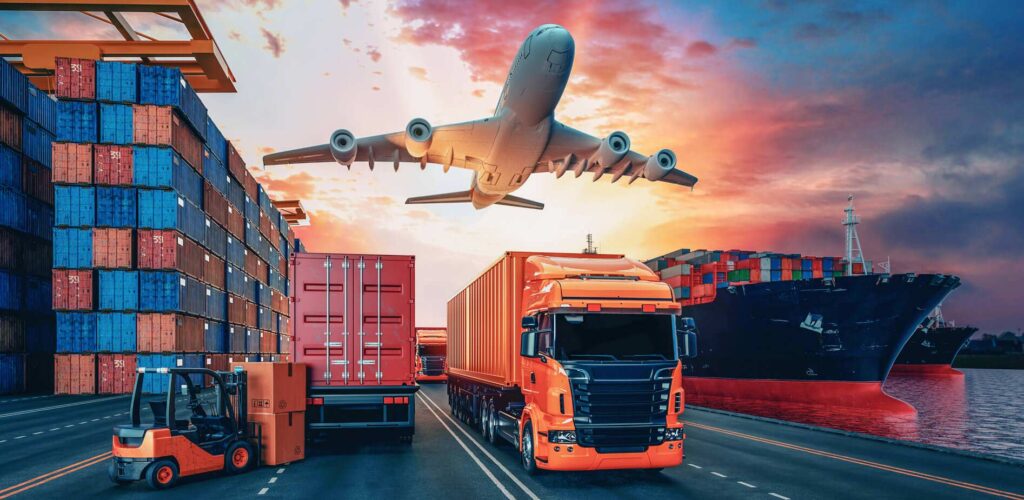Goods carrying cargo
Goods carrying cargo transporting different goods, materials, and commodities from one place to another is referred to as carrying cargo. Depending on the type of cargo and the distance it needs to go, this crucial part of logistics and commerce entails the movement of commodities using a variety of modes of transportation, including ships, trucks, trains, airplanes, and even pipelines.
From raw commodities like ores, grains, and petroleum products to completed goods like electronics, apparel, and machinery, cargo can include a wide variety of goods. It also covers big or heavy objects like automobiles and construction equipment as well as perishable goods like food and medicines.
Usually, the procedure of commodities transportation cargo includes the following crucial steps
Packaging and loading: To ensure that goods are protected during transportation, they are typically packaged in the proper containers or pallets. Depending on the goods and the mode of transportation, loading may need physical work or the use of specialized equipment.
Cargo can be delivered using a variety of methods, depending on the distance and type of goods:
Trucking: Trailers and trucks are used to move goods over land.
Shipping: Using cargo ships or containers, large amounts of cargo are transported by sea.
Rail Transportation: Trains are used to move bulk products across great distances.
Air Freight: Aerial transport is frequently used to move valuable or urgent items.
Gas and oil are two commodities that are transferred through pipelines.
Successful operations involving the transportation of products depend on effective planning, tracking, and coordination of cargo movement. This include picking the best transit routes, controlling inventory, and preparing for unforeseen hiccups like bad weather, complicated customs processes, or accidents.
Safety and security: It is essential to ensure the cargo’s safety and security. This includes taking precautions against theft, damage, and spoilage and adhering to safety guidelines for dangerous items.
Customs and paperwork: In order to ensure that international cargo transportation complies with trade laws and taxes, customs clearance and accurate documentation of cargo are essential.
Whether it’s a distribution center, a retail location, or a customer’s doorstep, cargo is finally delivered to its destination. Last-mile logistics are essential to this stage.
Environmental Factors: The goal of contemporary freight transportation is to minimize its negative effects on the environment. Efforts to increase fuel economy, lower emissions, and investigate alternate fuels and transportation options are all included in this.
In conclusion, products transporting cargo serve as the foundation of international trade and business. It entails the movement of a wide range of items through an intricate web of transportation methods and logistics procedures, all of which are designed to deliver things efficiently to their intended locations while taking into account safety, security, and environmental sustainability.



